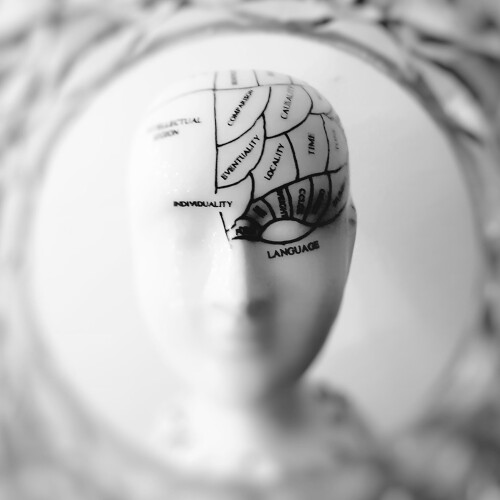
Table of contents
What is Design Thinking? - An In-Depth Look
14. November 2023
Published in:
WebdesignIn the digital age, design plays a crucial role in shaping business models and developing high-quality websites as well as efficient web applications. One methodology, in particular, is in the spotlight: Design Thinking. But what does that actually mean?
Design Thinking is a solution-oriented, iterative process that aims to solve complex problems and generate innovative ideas. The human element is always central to this process.
In this article, we delve deeper into the world of Design Thinking. We will shed light on the origins, principles, and phases of this method, take a look at its application in practice, and even introduce critical voices.
History and Development of Design Thinking
The roots of Design Thinking trace back to the 1960s when design and architecture began to recognize the importance of problem-solving processes. In the 1980s, the concept was formalized and further developed by the design firm IDEO. They defined Design Thinking as a method that combines creative and analytical thinking to find solutions for complex problems.
Over time, Design Thinking has spread well beyond the boundaries of the design industry and is now employed in many different fields - from product development to business management, education, and training.
The digital agency mindtwo integrates Design Thinking as an essential part of their workflow to develop innovative and efficient solutions for their clients.
Principles of Design Thinking
Design Thinking is a powerful method for solving problems and developing innovative solutions. It is based on a set of principles that promote a collaborative, user-centric, and iterative approach.
-
Human-Centricity: Design Thinking begins and ends with people. It employs an empathetic approach that focuses on gaining deep insights into the needs, desires, and challenges of users. By putting ourselves in the users' shoes, we can design products and services that meet their needs and improve their daily lives. The approach aims to satisfy not only functional, but also emotional and social needs.
-
Collaboration: Design Thinking encourages collaboration and interdisciplinarity. By bringing together individuals with different backgrounds and expertise, more diverse ideas can be generated, and more complex problems can be solved. An important aspect of collaboration in Design Thinking is the shared understanding promoted by visual representations and prototyping. Collaboration also extends to the users who are often involved in the development process.
-
Iteration: Design Thinking is not a linear process, but an iterative one. Ideas are developed, prototypes are created, tested and revised until a satisfactory solution is found. This process can be repeated multiple times and requires a culture of experimentation and learning from mistakes. The iterative approach also helps to minimize risks and continuously improve the solutions.
-
Experimentation and Prototyping: In Design Thinking, creating prototypes is a critical step to quickly visualize and test ideas. Prototypes can be simple sketches, models, or interactive demos. By testing prototypes, we can receive direct feedback from users and iteratively improve our solutions.
-
Flexible Mindsets: Design Thinking requires a flexible mindset that is open to new ideas and changes. It’s about viewing challenges from various perspectives and not settling on a specific solution too early. Flexible thinking also promotes the ability to shift between detail and overall perspective and to switch between different modes of thinking, such as analytical and creative thinking.
These principles are fundamental components of Design Thinking and contribute to its effectiveness as a tool for solving complex problems and fostering innovation. They are crucial in the UX/UI Design and Web Design practice and are at the heart of our concept workshops. By embracing these principles and integrating them into our workflow, we can develop creative and effective solutions that put people at the center.
Can we help?
You have an exciting project and want to work with us? Contact us now!

